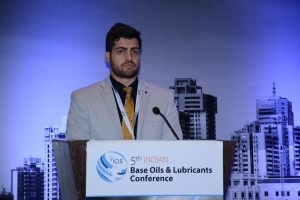Event





28
Businesspeople in a business conference
Business people talking together indoors
Multiage business people working with digital tablet while discu
Media Conference

THE 5TH ICIS INDIAN BASE OILS & LUBRICANTS CONFERENCE 2017
Interest in India continues to be high as it represents an optimistic, growing market among the troubled economies of Asia. Yet will this growth be hindered by the government step to demonetization? This will certainly have a short term impact on the small manufacturing sector and the rural economies



